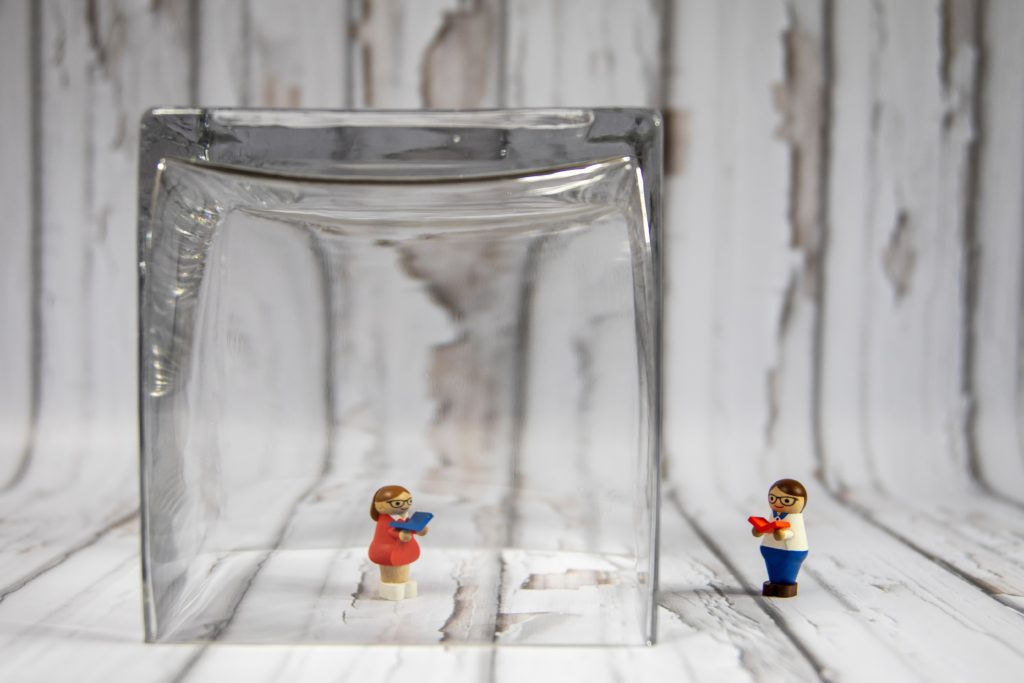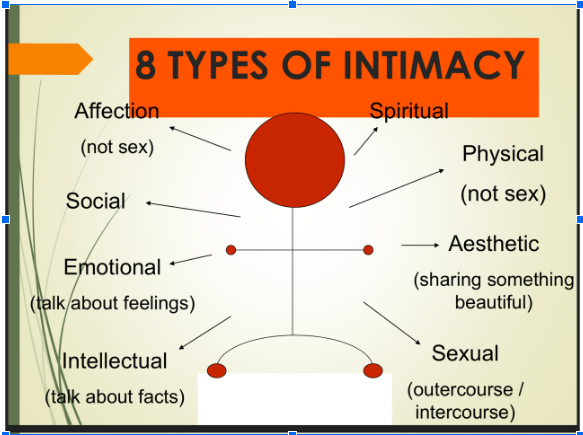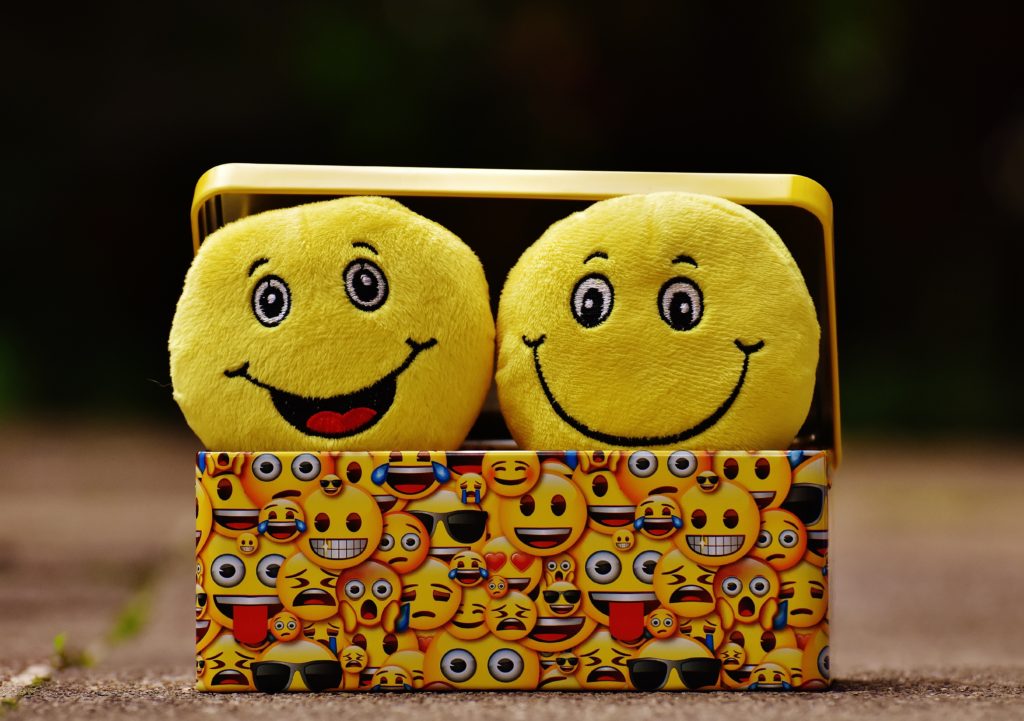I study grief and the effects it has on people. There are lots of different kinds of grief: traditional grief, when a loved one passes; ambiguous grief, the loss of a loved one who is still living; and original grief which is our earliest and deepest emotional wounding.
I have found that most negative feelings and their emotional expressions can be explained by looking through the lens of grief. For example, the emotional expression of anger can oftentimes be unconscious grief, which has not been identified or processed. Or, the common emotion of shame is also typically unconscious and unprocessed grief.
When I witness the racial and social injustice of Black Americans, I see their painful and ongoing experience as generational grief, which has been allowed to continue for far too long. Generational grief is the passing down of grief from one generation to another. Black Americans experienced unfathomable grief after being stolen from their home in Africa and forced into slavery, and this grief has been handed down from one generation to another, because even though slavery was abolished, inequality and injustice is still allowed to happen. True equality can not happen until social and systemic racism is abolished. For hundreds of years, Black Americans have been carrying the burden of grief from generations prior, and every time an unjust death occurs to one of my Black or Brown brothers and sisters, the burden becomes heavier and more unbearable. The marching, protesting, and anguished cries for systemic reform are all expressions of grief not only for George Floyd, but for every unjust action ever committed to Black Americans, traced back 400 years.
If we can consider grieving the loss of a loved one as an expected response to their passing, should we also not be able to consider that Black Americans are grieving not only the loss of countless lives, but also the loss of living an equal, just, and safe life that has never been allowed, due to the systemic oppression, generationally experienced in our country for peoples of color.
Grief has many faces of expression, and right now, the face of the Black community’s collective grief is George Floyd. Let the experience of grief unite us all into creating an equal, safe, and just life for all Americans of color, specifically, the same life of opportunity that we White Americans already experience.
If you identify with generational grief, or if you are feeling grief as a response to the injustices that are still allowed to occur to Black Americans, here are some tips for moving through grief:
1. Acknowledge that what you are feeling is grief
For example, feeling traditional grief and sadness about the death of George Floyd or feeling ambiguous grief for so many opportunities not available for so many African Americans, based solely on their skin color.
2. Give yourself permission to feel grief
Cry, give hugs, receive hugs, support others, practice self care
3. Allow others to feel grief
Be emotionally available to support someone while they are feeling the pain of grief
4. Understand that grief is a very deep emotion that will be triggered again, but know that if you can identify your feeling as grief, you can allow it to be felt and move through it easier than if you do not have deep grief awareness
5. Practice self care and be gentle with yourself after feeling grief and allowing it to process
6. Practice meditation, which will allow uncomfortable feelings, such as grief, to be tolerated and felt
7. Practice effective re-parenting: Re-parenting is helpful, because as adults, it is our responsibility to re-parent ourselves in healthy ways if we are feeling difficult feelings. Healthy re-parenting activities include, using a weighted blanket for security while telling oneself soothing phrases of comfort and/or coloring in mindful coloring books.
8. Contact a counselor who specializes in grief for deep grief processing work or to attend a grief workshop, or support group
For more information about Dr. Caudle’s Grief Workshops, please contact Dr. Sophia Caudle at 919-382-0288 or Sophia@bullcitypsychotherapy.com




 This is also a perfect opportunity to introduce meditation to your kids by turning on your favorite meditation app and laying on the floor and either invite your kids or let them join in naturally, whichever happens first☺
This is also a perfect opportunity to introduce meditation to your kids by turning on your favorite meditation app and laying on the floor and either invite your kids or let them join in naturally, whichever happens first☺






